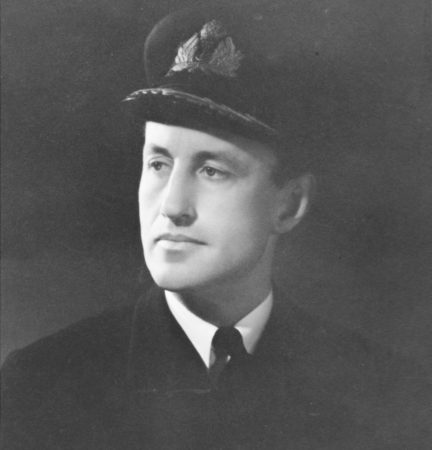I wrote several blogs in the past dealing with British traitors. (Click here to read Agent Jack, “M” and the Fifth Column and click here to read British Fascists and a Mitford.) When I ran across today’s subject in a British publication, I initially thought the article was about Sir Oswald Mosely, the English aristocrat who founded the British Union of Fascists (BUF). However, it was about John Amery, a British traitor during World War II, who was executed for high treason seven months after the war ended. Reading about Amery led me (once again) to the many discussions about traitors and the Fifth Column in Britain before, during, and after the war. Why was Amery executed when others equally guilty escaped the hangman’s noose? Be sure to check out the “Recommended Reading” section at the end of the blog for a deeper dive into this subject. Read More The Bravest Traitor
Tag: SIS
James Bond’s Lover
One of the things that has made it so fun to research these various World War II stories is how, after a while, people and their stories begin to overlap. In other words, you find various individuals showing up in multiple events connected by other participants or just being within the same orbit. One of these human “conduits” was Ian Fleming (1908−1964), the author of the James Bond novels.
During World War II, Fleming was a commander in the Royal Naval Volunteer Reserve (same rank and naval group as James Bond). He worked for The Admiralty in the Naval Intelligence Division as Rear Admiral John Godfrey’s personal assistant (codename: “17F”). Fleming had all of his fingerprints on military operations such as Mincemeat, Ruthless, and Goldeneye. While primarily an administrator, from time-to-time, Fleming was used as a field agent. Once, he was assigned to follow one of the British double agents working to deceive Hitler into thinking that Pas-de-Calais would be the Allied target for the invasion of Europe. (click here to read the blog, The Double Cross System). Fleming’s wartime experiences provided a plethora of ideas that show up in his Bond novels (click here to read the blog, Explosive Rats) including the ingenious devices used by Bond.

After the war, Fleming bought property in Jamaica (birthplace of the fictional James Bond) and named it GoldenEye. In early 1952, Fleming began to write his first spy novel, Casino Royale, wherein the reader is introduced to James Bond. While Fleming likely based some of his characters on singular persons, many of them were composites of multiple people Fleming knew during his military career. This certainly applies to 007. Read More James Bond’s Lover
